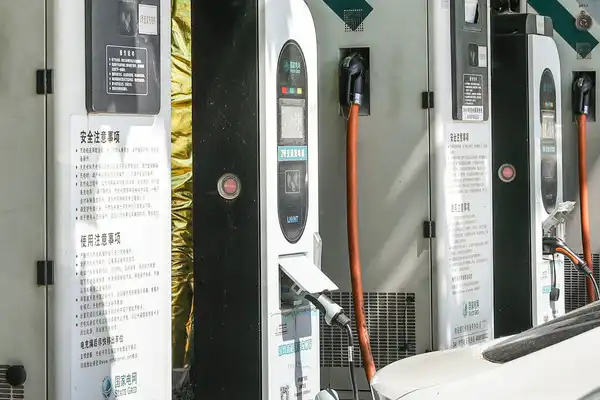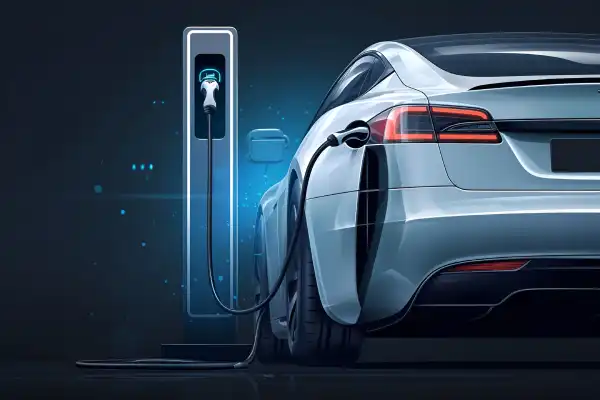What Are the Different EV Charging Levels?
Electric vehicles (EVs) are becoming increasingly popular, and with that comes the need to understand the different charging levels available. EV charging levels determine how quickly your vehicle can be charged and what type of equipment is required. In this article, we'll break down the three main EV charging levels: Level 1, Level 2, and DC fast charging.

Level 1 Charging: The Basics
Level 1 charging is the most basic form of EV charging and uses a standard 120-volt household outlet. This level of charging is typically slow, providing about 2 to 5 miles of range per hour of charging. It's ideal for overnight charging or for drivers with shorter commutes. However, for those who need faster charging times, Level 1 may not be sufficient.
Pros of Level 1 Charging
- No additional equipment is needed; it uses a standard outlet.
- Ideal for overnight charging at home.
- Low cost and easy to set up.
Cons of Level 1 Charging
- Very slow charging speed.
- Not suitable for long-distance travel or quick top-ups.
Level 2 Charging: The Middle Ground
Level 2 charging operates at 240 volts and is significantly faster than Level 1, providing about 10 to 60 miles of range per hour of charging. This type of charging is commonly found at public charging stations and can also be installed at home with the right equipment. Level 2 chargers are ideal for daily use and can fully charge most EVs overnight.
Pros of Level 2 Charging
- Faster charging speeds compared to Level 1.
- Widely available at public charging stations.
- Can be installed at home for convenience.
Cons of Level 2 Charging
- Requires a 240-volt outlet or dedicated charging station.
- Higher installation costs compared to Level 1.
DC Fast Charging: The Quickest Option
DC fast charging, also known as Level 3 charging, is the fastest option available for EVs. It uses direct current (DC) instead of alternating current (AC) and can provide up to 100 miles of range in just 20 to 30 minutes. This type of charging is typically found at public charging stations and is ideal for long-distance travel or quick top-ups.
Pros of DC Fast Charging
- Extremely fast charging speeds.
- Ideal for long-distance travel.
- Available at many public charging stations.
Cons of DC Fast Charging
- Not all EVs are compatible with DC fast charging.
- Higher cost per charge compared to Level 1 and Level 2.
- Limited availability in some areas.
Choosing the Right Charging Level for Your Needs
When deciding which charging level is right for you, consider your driving habits, the type of EV you own, and your budget. Level 1 charging is sufficient for those with shorter commutes and access to overnight charging, while Level 2 is better suited for daily use and faster charging needs. DC fast charging is ideal for long-distance travel but may not be necessary for everyone.
Conclusion
Understanding the different EV charging levels is essential for maximizing the efficiency and convenience of your electric vehicle. Whether you opt for Level 1, Level 2, or DC fast charging, each option has its own advantages and limitations. By choosing the right charging level for your needs, you can ensure that your EV is always ready to hit the road.

